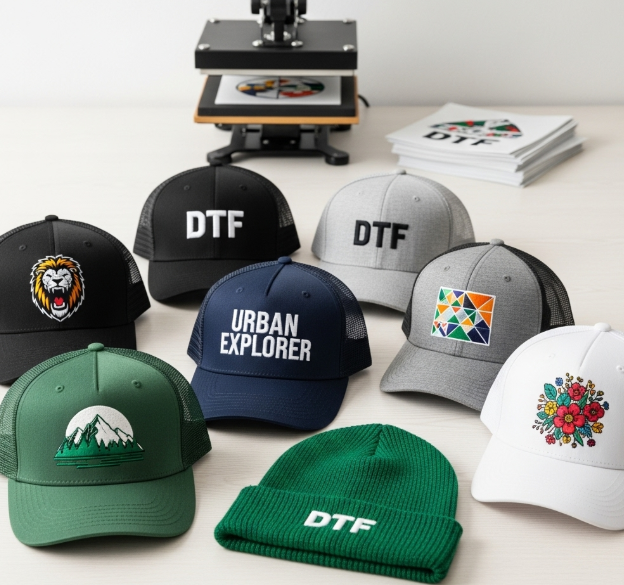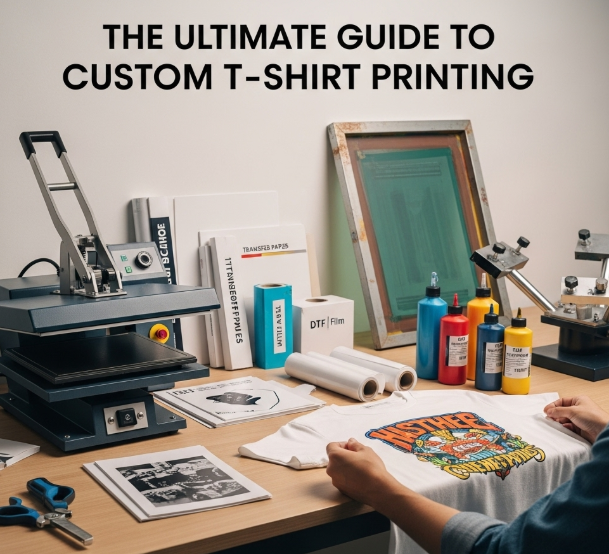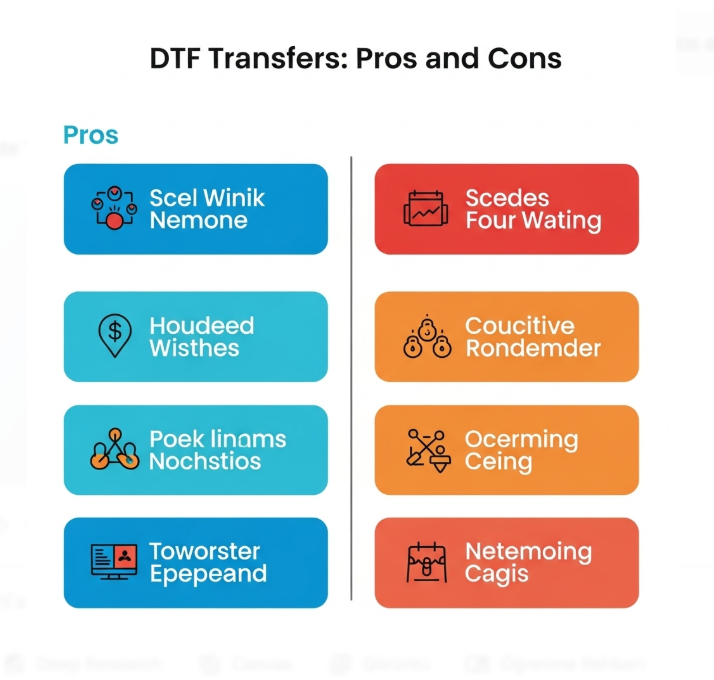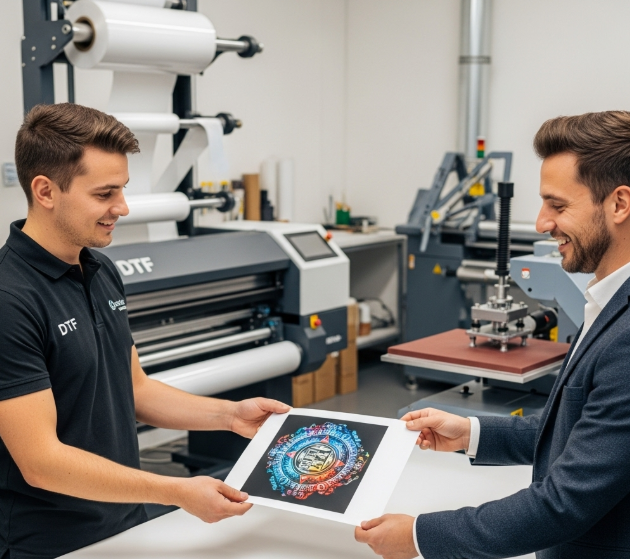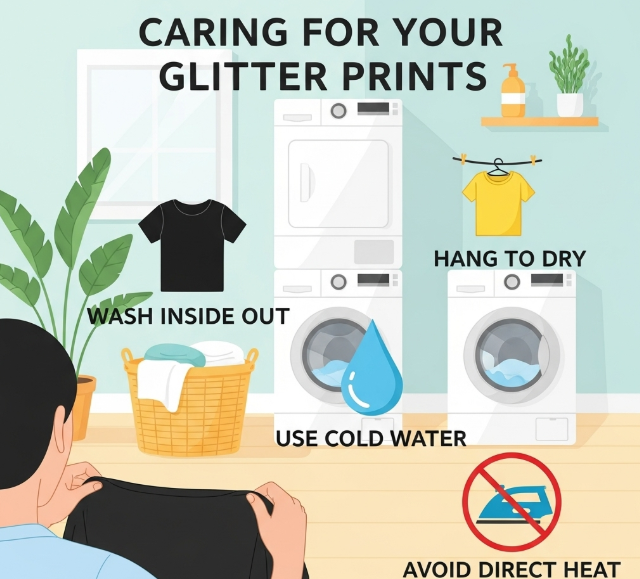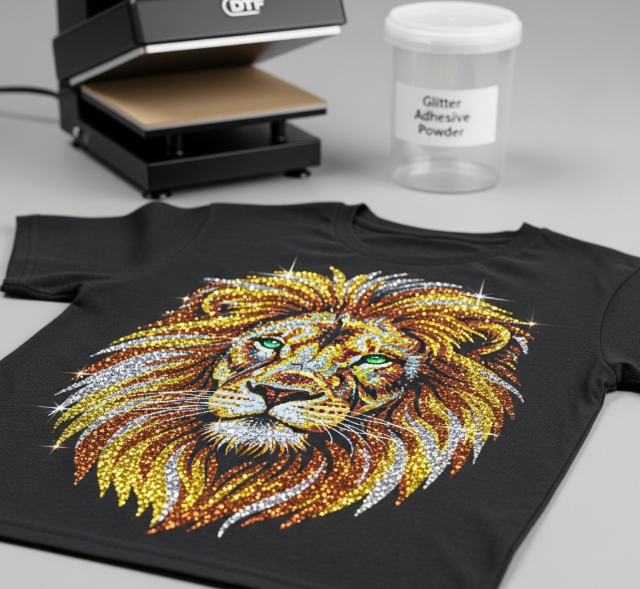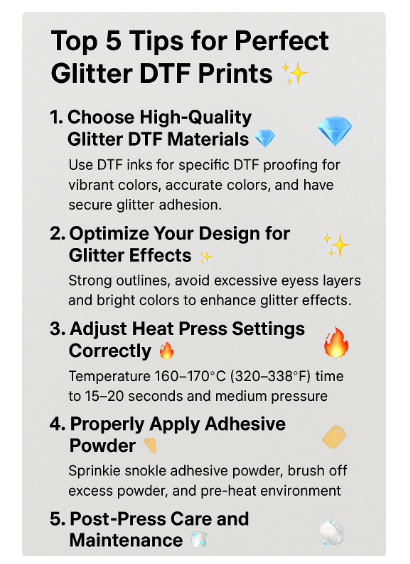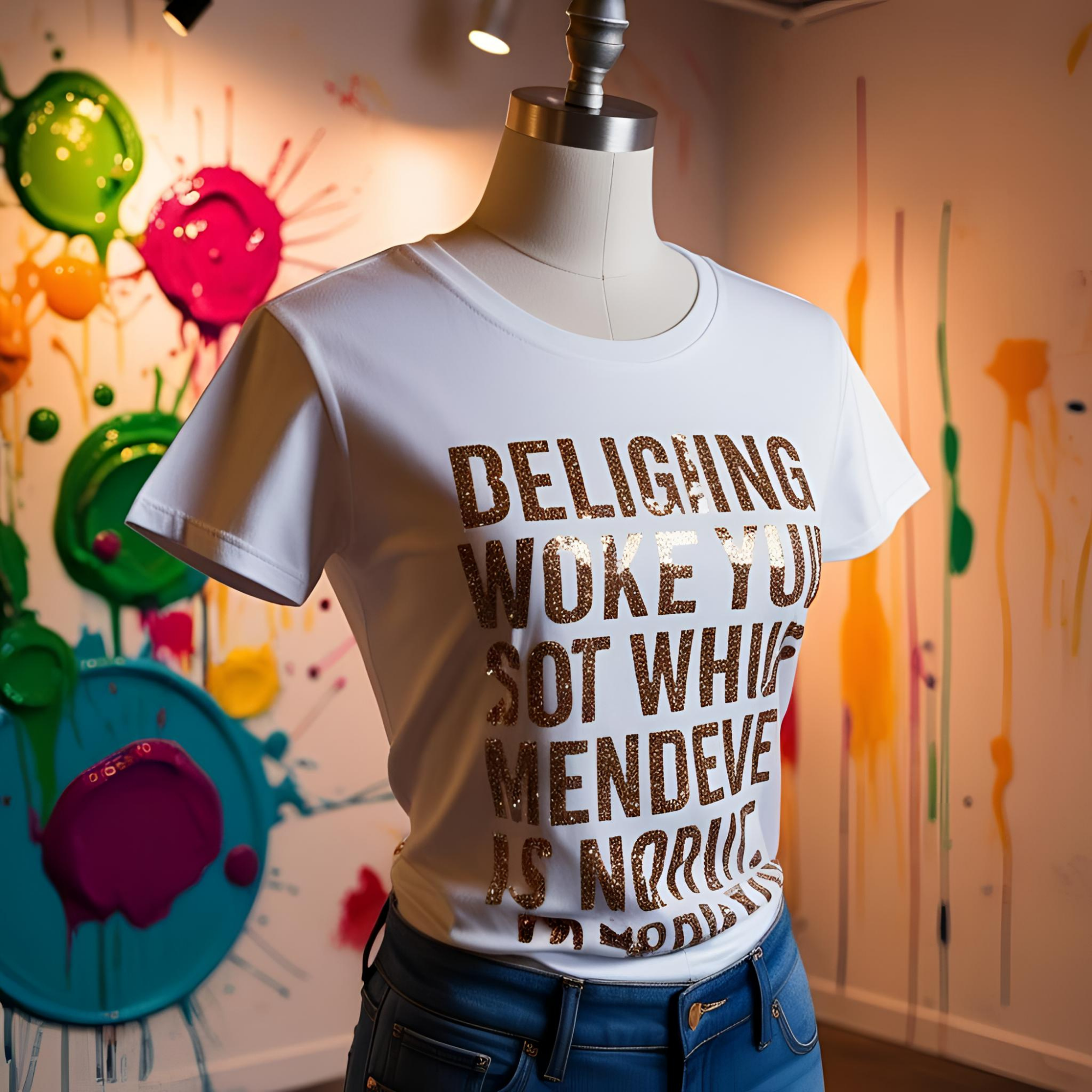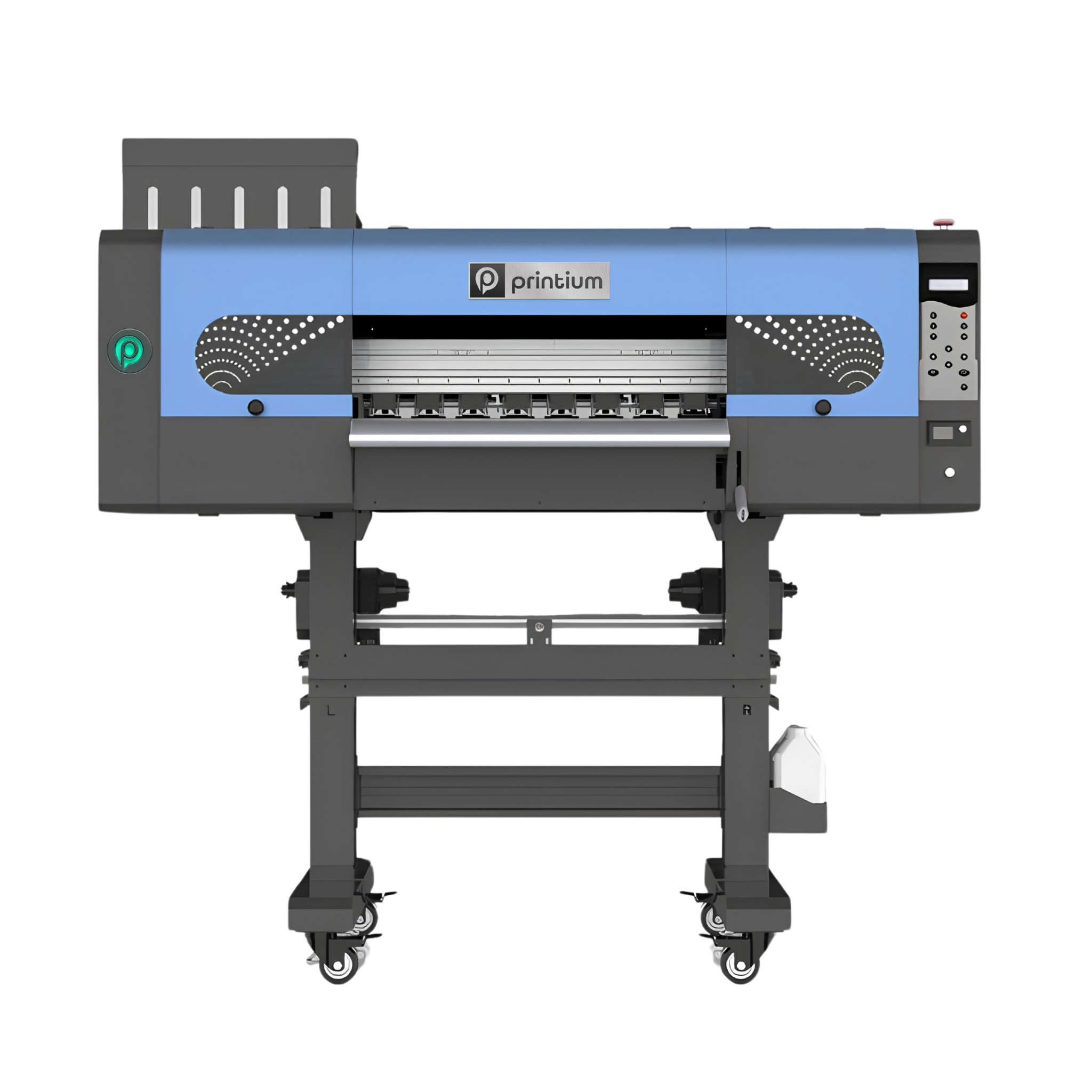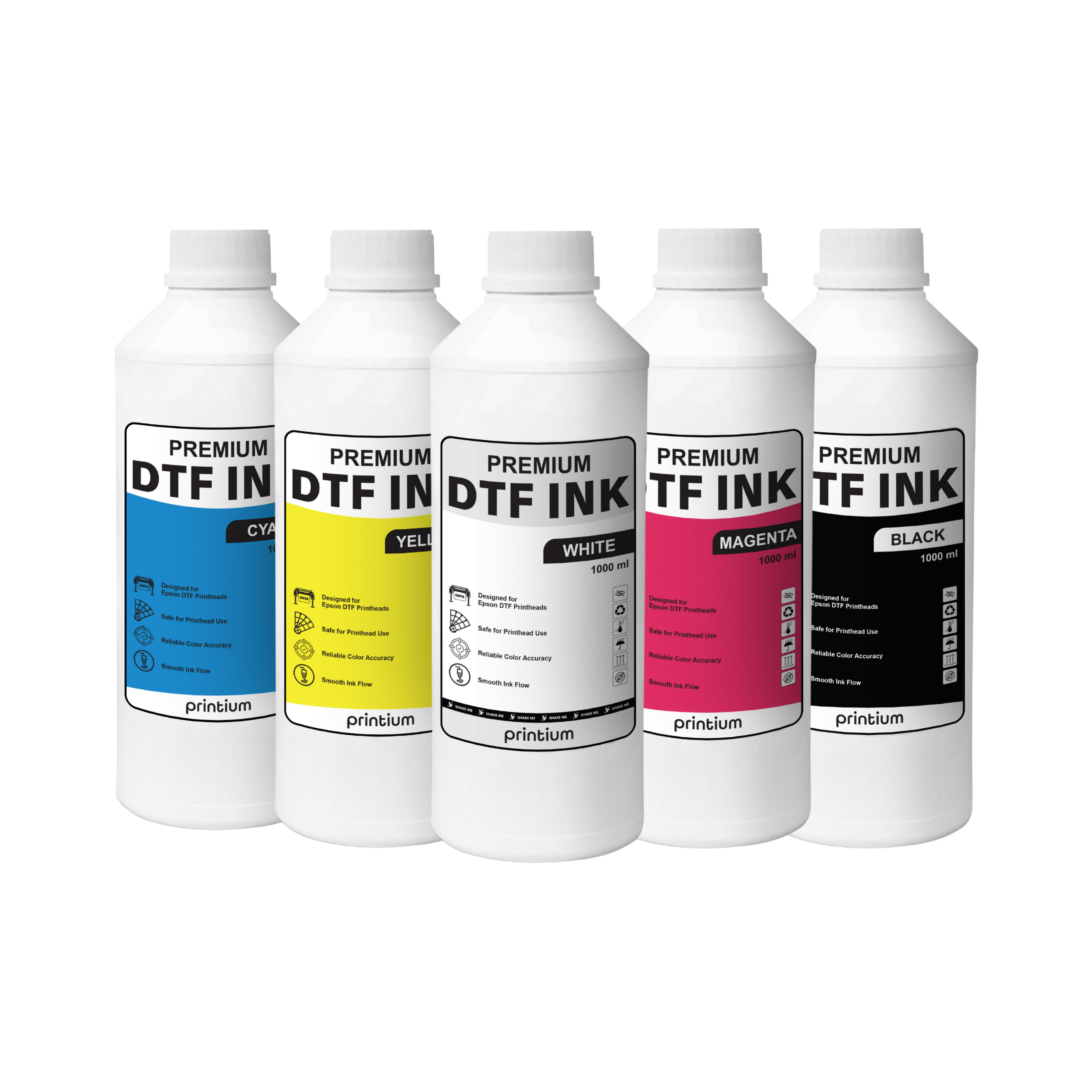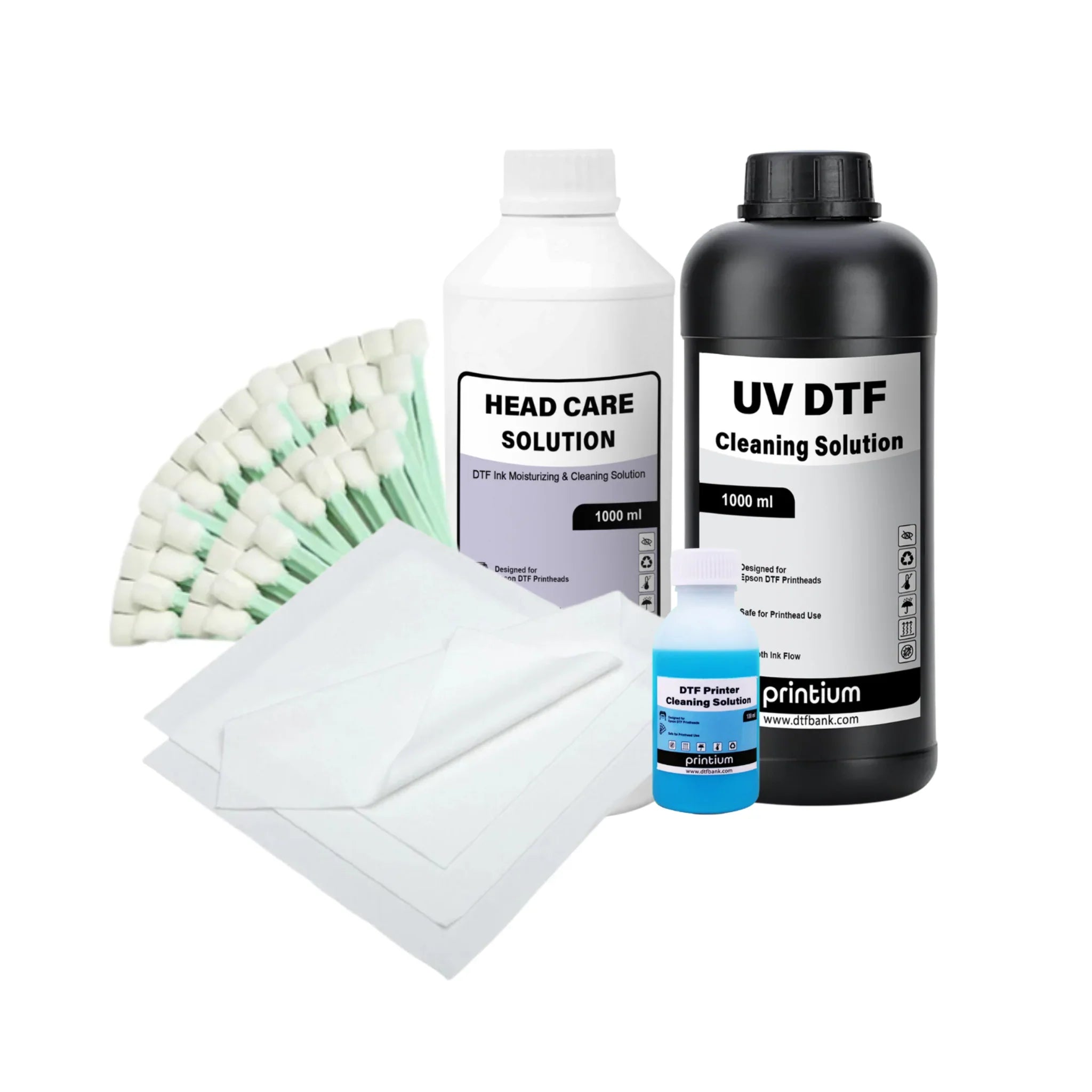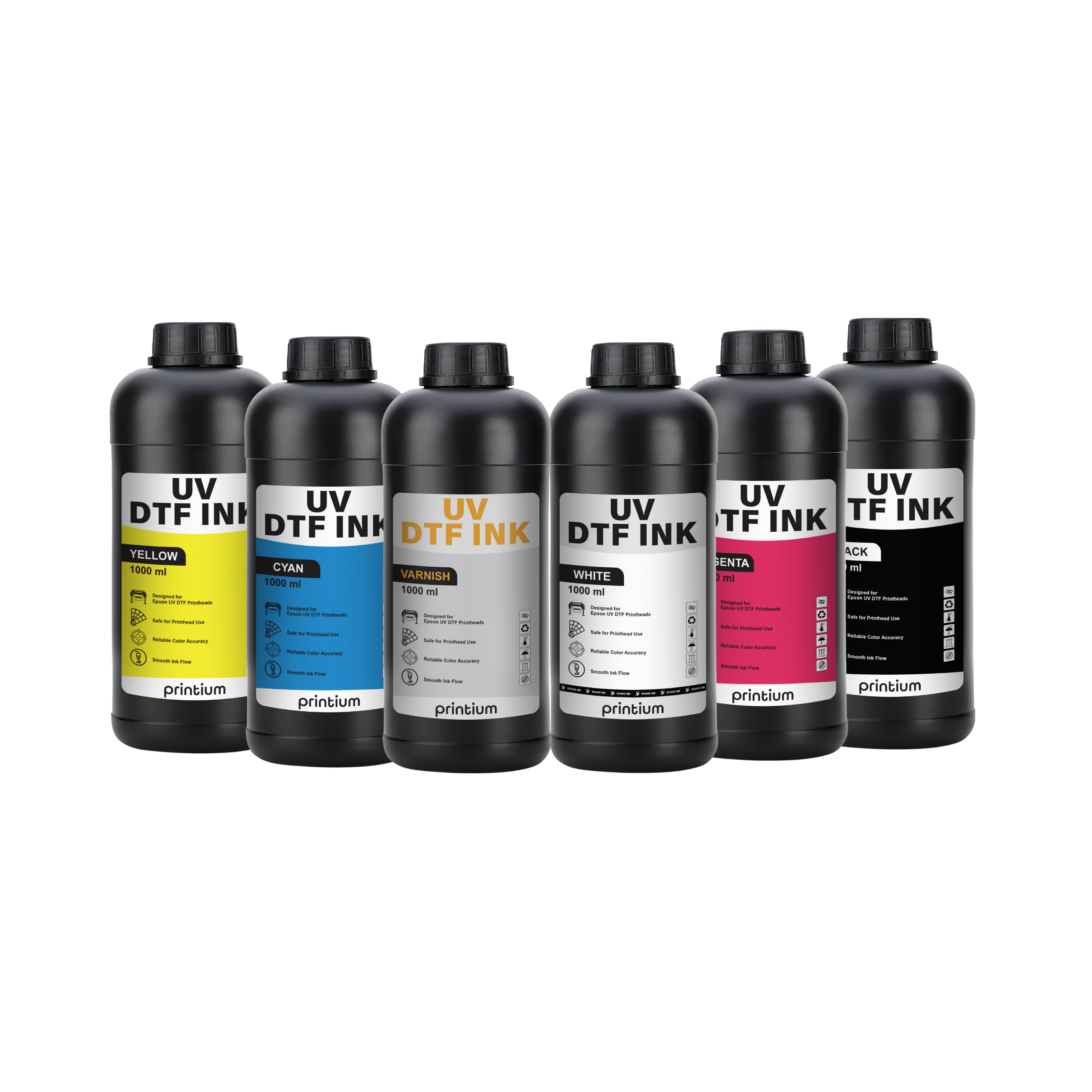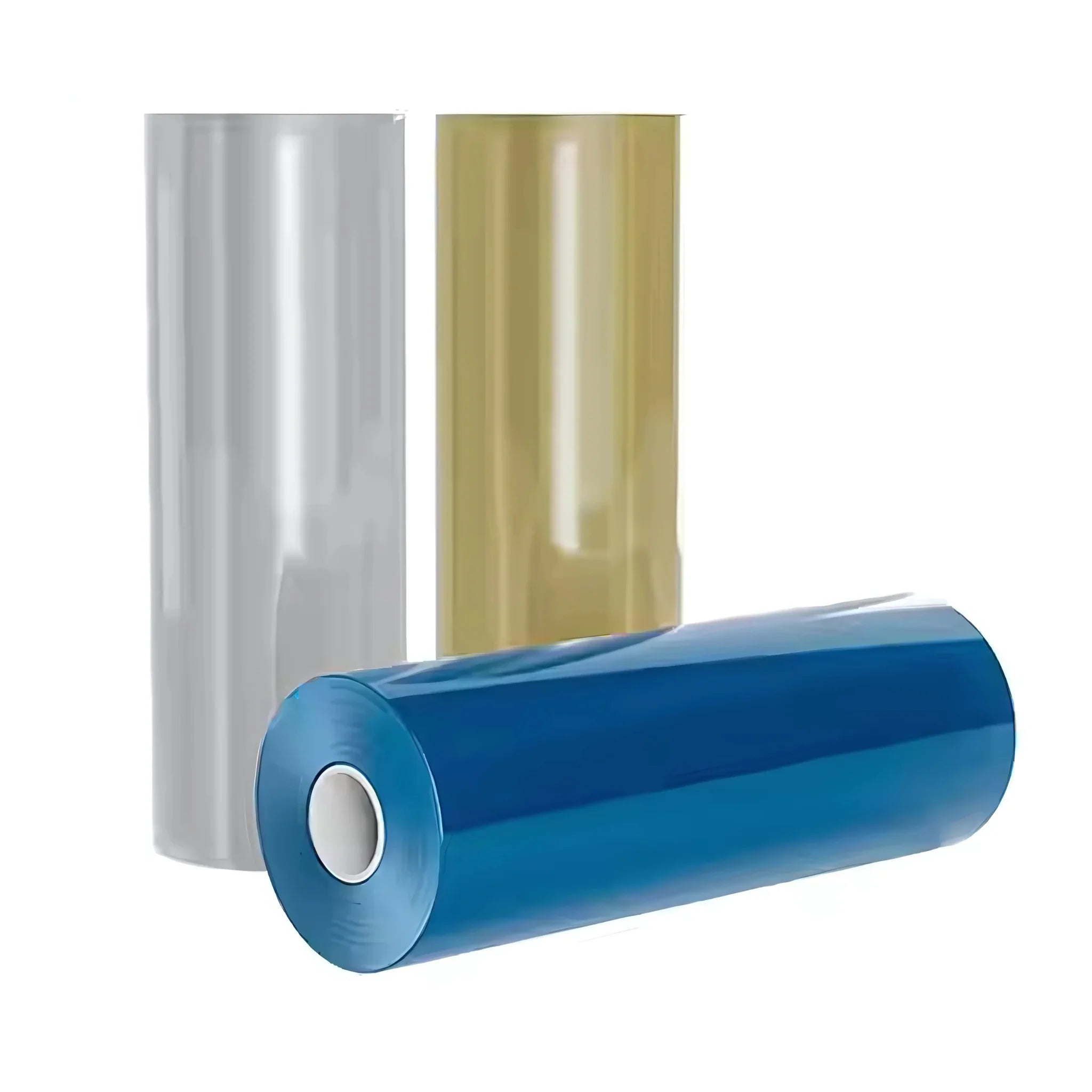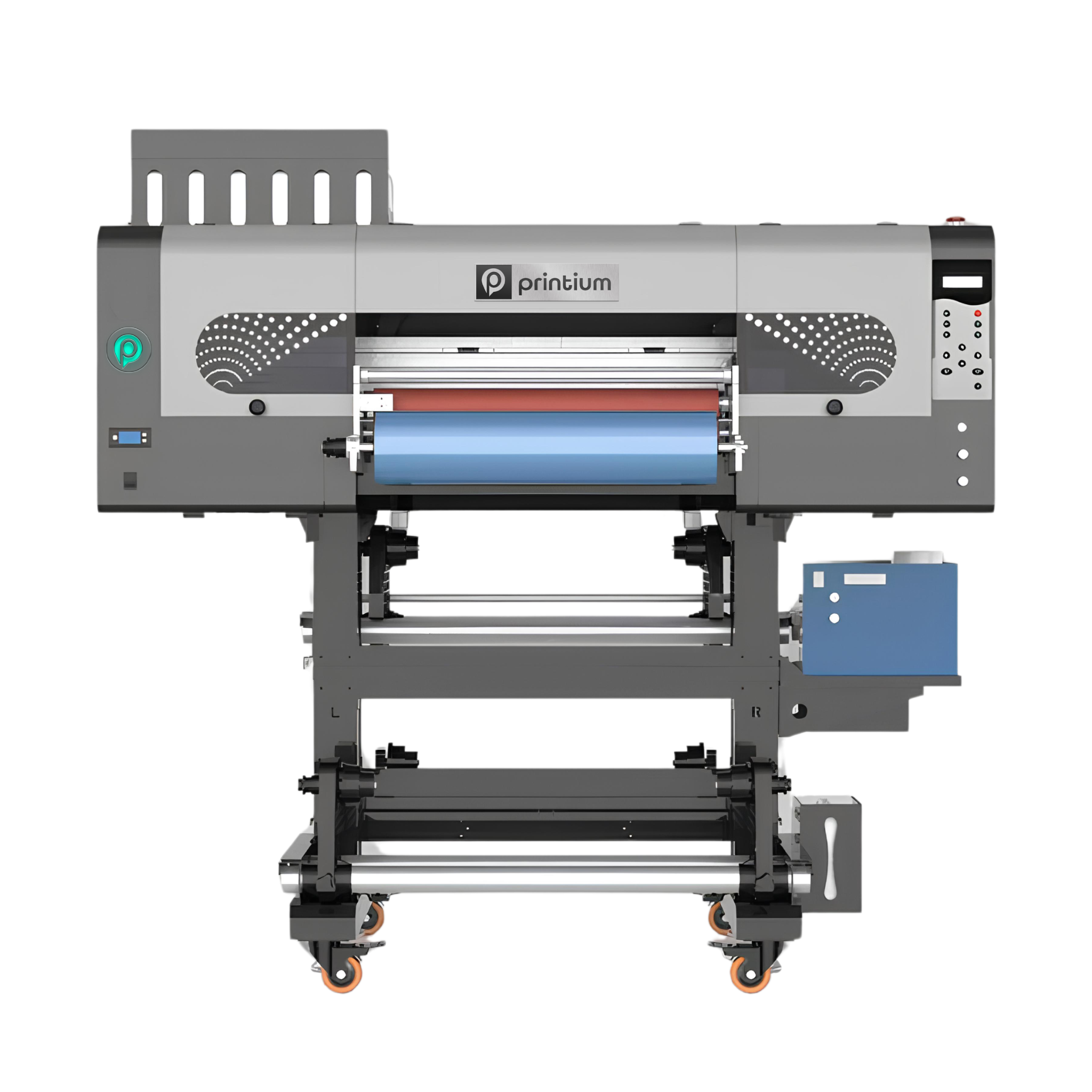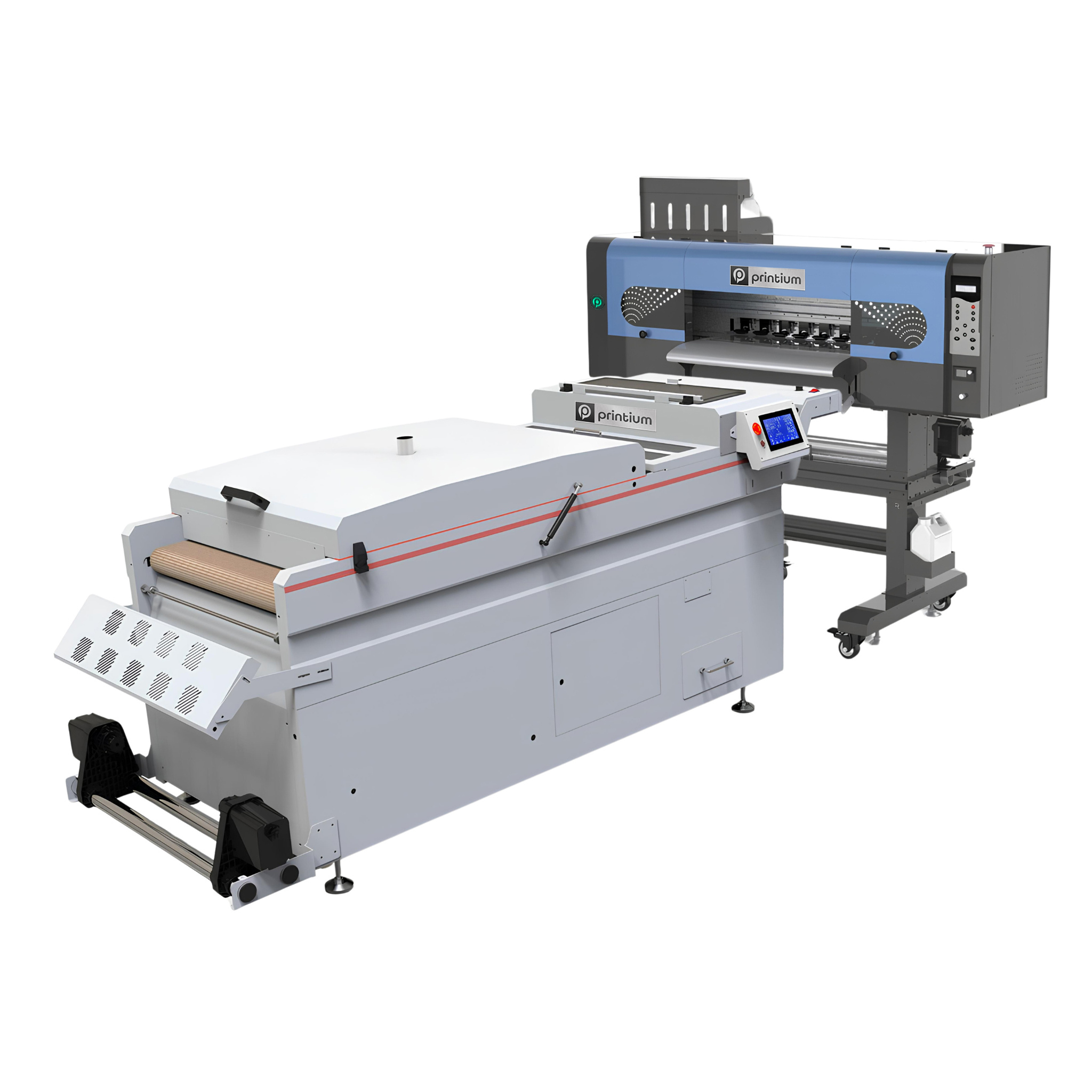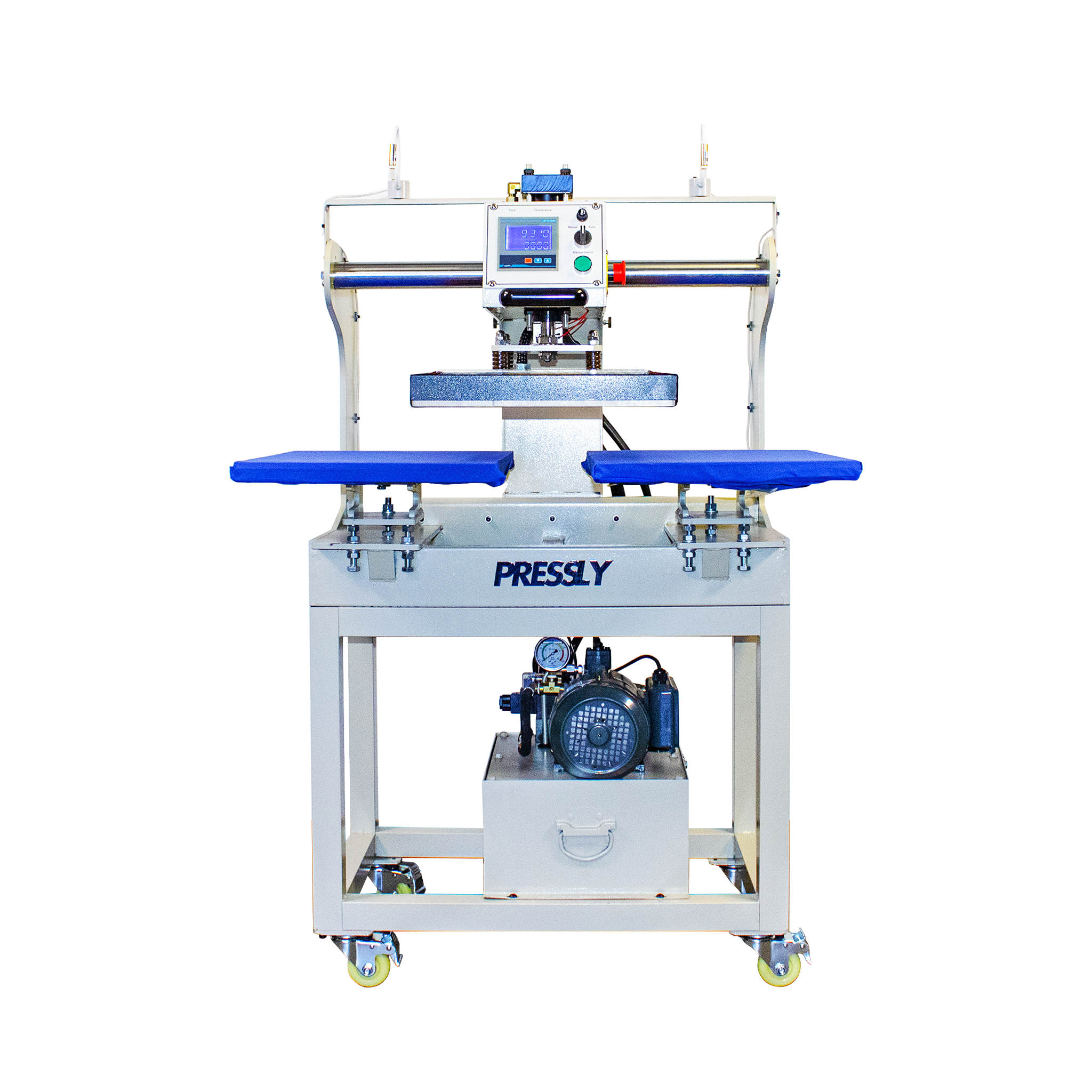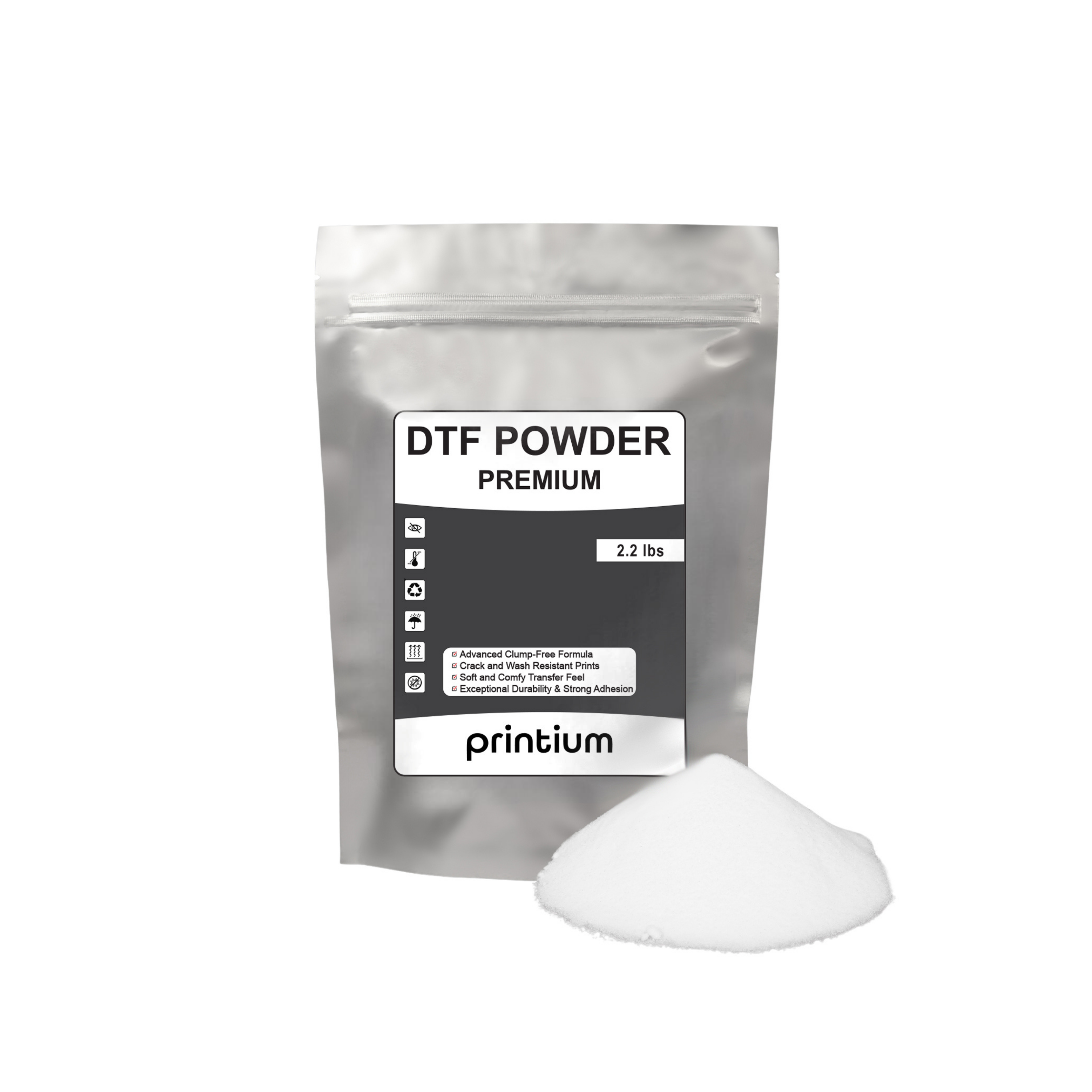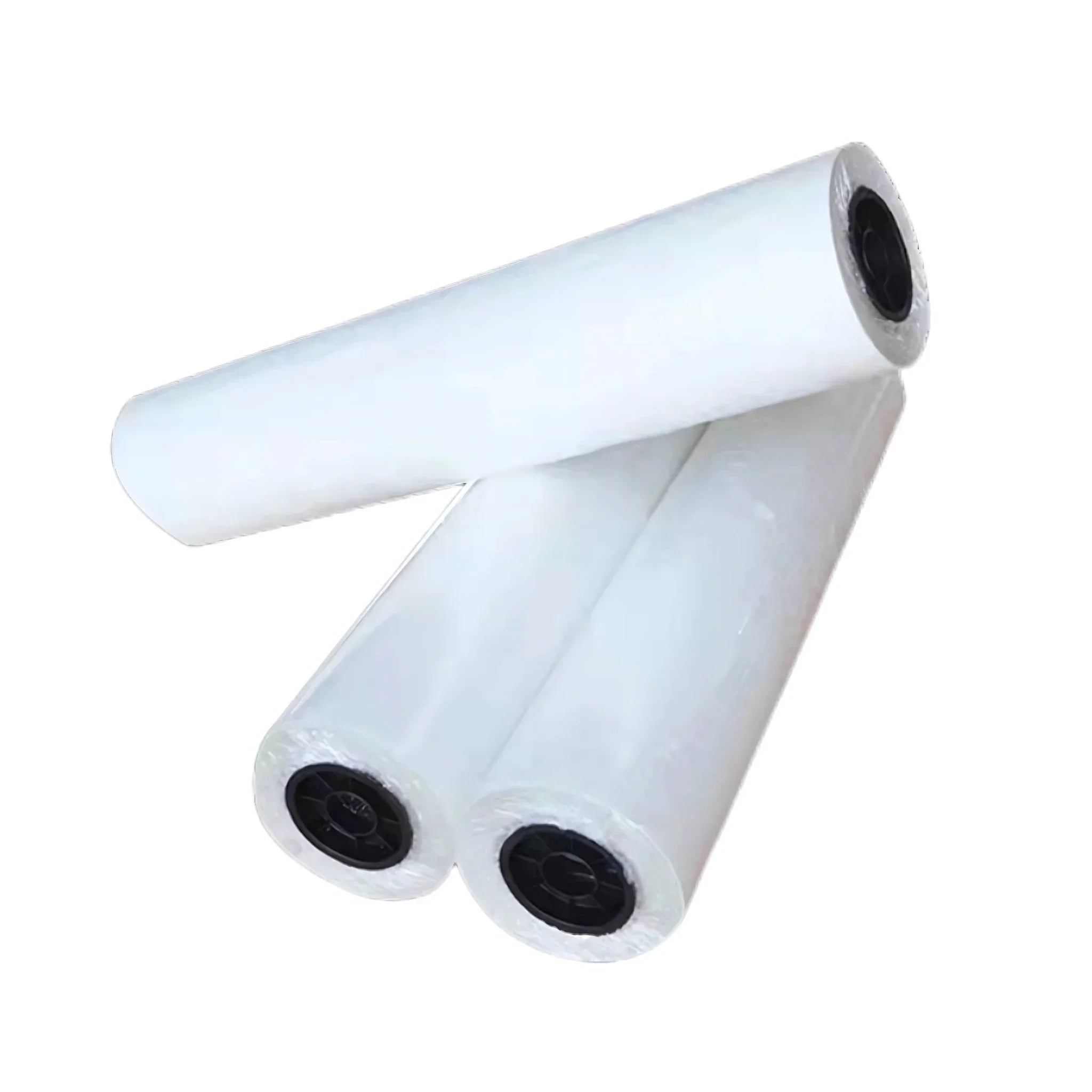
How to Avoid the 7 Most Common Printing Mistakes
Whether you’re using DTF, sublimation, screen printing, or another method, print mistakes can cost you time, money, and customer satisfaction. The good news? Most of these errors are completely avoidable with the right knowledge and preparation. In this guide, we’ll walk you through the 7 most common printing mistakes — and how to avoid them like a pro.
Wrong Temperature or Pressure Settings
If your transfers are fading, peeling, or not sticking properly, your temperature or pressure may be off.
✅ How to Avoid:
-
Always refer to the manufacturer’s instructions for temperature, pressure, and time.
-
Use a heat gun or infrared thermometer to check for even heat distribution across the platen.
-
Regularly test your machine’s pressure calibration.
🧠 Tip: DTF transfers usually need 300°F to 325°F with medium-firm pressure for 10–15 seconds.
Poor Quality Artwork or Low Resolution
If your final print looks blurry or pixelated, it likely started with a low-resolution design.
✅ How to Avoid:
-
Use artwork that is at least 300 DPI (dots per inch).
-
Convert text to outlines to avoid font issues.
-
Always save your files in CMYK color mode if possible for color accuracy.
📎 Internal Resource:
Learn how to prepare print-ready DTF artwork
Not Pre-Pressing the Garment
Skipping the pre-press is a rookie mistake. Moisture and wrinkles can cause uneven transfers.
✅ How to Avoid:
-
Always pre-press garments for 3–5 seconds to remove moisture and flatten the surface.
-
This step improves adhesion and prevents ghosting or bubbling.
🧥 Bonus Tip: Especially important for cotton and blended fabrics!
Incorrect Peel Timing
Peeling your film too early — or too late — can ruin the entire transfer.
How to Avoid:
-
Read the instructions on your DTF film to determine if it’s hot peel, warm peel, or cold peel.
-
Set a timer and stay consistent during production.
⌛ Some films look identical but react differently — always test before a large run.
Dirty or Clogged Printheads
DTF printers are especially sensitive to dust, dried ink, and poor maintenance.
How to Avoid:
-
Perform daily head cleaning routines.
-
Use high-quality, compatible DTF inks and cleaning solutions.
-
Cover your printer when not in use to avoid dust buildup.
🧼 Internal Resource:
DTF Printhead Cleaning Solutions – Full Guide
Not Testing Before Production
Printing an entire batch before testing settings is a surefire way to waste materials.
How to Avoid:
-
Run a single test print before starting bulk production.
-
Use test fabric or a spare t-shirt to check color vibrancy, alignment, and peel quality.
🎯 A few minutes spent testing can save hours of rework and tons of wasted transfers.
Using Low-Quality Transfer Film or Ink
Even perfect settings can’t make up for cheap, low-quality materials.
How to Avoid:
-
Invest in premium DTF transfer films and inks from trusted suppliers.
-
Watch out for expired or improperly stored products.
-
Store films flat and away from heat/humidity to avoid curling.
Final Thoughts
Printing is both an art and a science — a delicate balance of creativity, precision, and technical understanding. Whether you're a hobbyist printing custom t-shirts at home or a business owner managing bulk production, one thing is certain: mistakes will happen. But the good news? Most of them are completely preventable.
By focusing on the fundamentals — like maintaining the right heat, using clean and calibrated equipment, choosing top-quality films and inks, and running proper test prints — you create a solid foundation for success. These small, consistent habits can mean the difference between a perfect print and a wasted garment.
It’s easy to overlook steps when you’re busy or under pressure, but skipping essentials like pre-pressing or checking peel temperatures can lead to frustrating results. That’s why building a disciplined, repeatable workflow is key. The more organized and consistent you are, the more confidence you’ll have in every press.
Investing time up front in training, testing, and fine-tuning your process will pay off in the long run. You’ll experience fewer reprints, less material waste, and happier customers who keep coming back for more.
🎯 Remember: In printing, quality doesn’t happen by accident — it’s the result of preparation, attention to detail, and using the right tools.
So take your time, learn from your mistakes, and master the craft one press at a time. Your future self (and your customers) will thank you. 🙌👕


